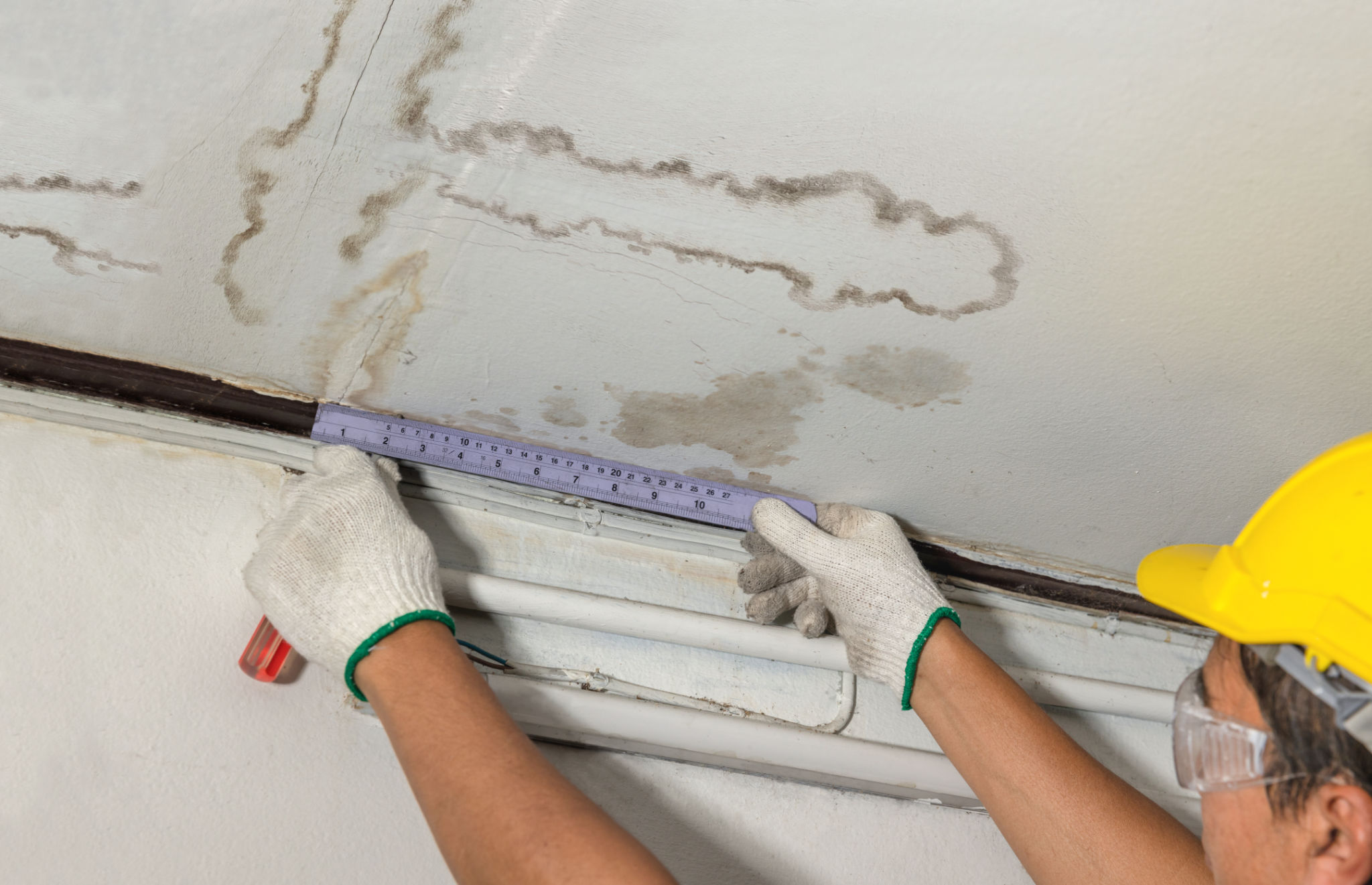Identifying Common Roofing Problems Early: A Homeowner's Guide
Introduction
As a homeowner, maintaining your roof is crucial for the overall health of your home. Identifying common roofing problems early can save you from costly repairs and potential damage to your property. In this guide, we'll walk you through some of the most common roofing issues and how to spot them before they become major problems.
Signs of Roof Leaks
One of the most common roofing problems is a leak. Leaks can cause significant damage to your home's interior if not addressed promptly. Look for water stains on your ceiling or walls, which are often the first indicators of a roof leak. Additionally, check for any damp spots or mold growth in your attic.
Another sign of a roof leak is missing or damaged shingles. Shingles that are cracked, curling, or completely missing can allow water to seep into your home. Regularly inspect your roof for these signs, especially after a heavy storm.

Damaged Flashing
Flashing is the material used to seal joints and seams around your roof, such as chimneys, vents, and skylights. Damaged or improperly installed flashing can lead to leaks and water damage. Inspect these areas for any cracks, rust, or gaps in the flashing material.
If you notice any issues with your flashing, it's important to address them immediately. Replacing or repairing flashing is typically a straightforward process, but ignoring it can result in more extensive damage to your roof and home.
Clogged Gutters
Gutters play a crucial role in directing water away from your roof and home. When gutters become clogged with leaves, debris, or other materials, water can back up and cause damage to your roof. Regularly cleaning your gutters can help prevent this issue.
In addition to cleaning your gutters, inspect them for any signs of damage or sagging. Damaged gutters may not effectively channel water away from your home, leading to potential roof and foundation problems.
Roof Ventilation Issues
Proper roof ventilation is essential for maintaining the health of your roof. Inadequate ventilation can lead to a buildup of heat and moisture in your attic, which can cause damage to your roof's structure and shingles. Signs of poor ventilation include excessive heat in your attic, mold growth, and ice dams in the winter.
To ensure proper ventilation, check that your attic has sufficient intake and exhaust vents. If you're unsure about your roof's ventilation, consider consulting a professional for an assessment.
Conclusion
Regular roof inspections and maintenance are key to identifying and addressing common roofing problems early. By being proactive and attentive to the signs of roof leaks, damaged flashing, clogged gutters, and ventilation issues, you can protect your home from costly repairs and damage. Remember, if you're ever uncertain about the condition of your roof, it's always best to seek the advice of a professional roofer.